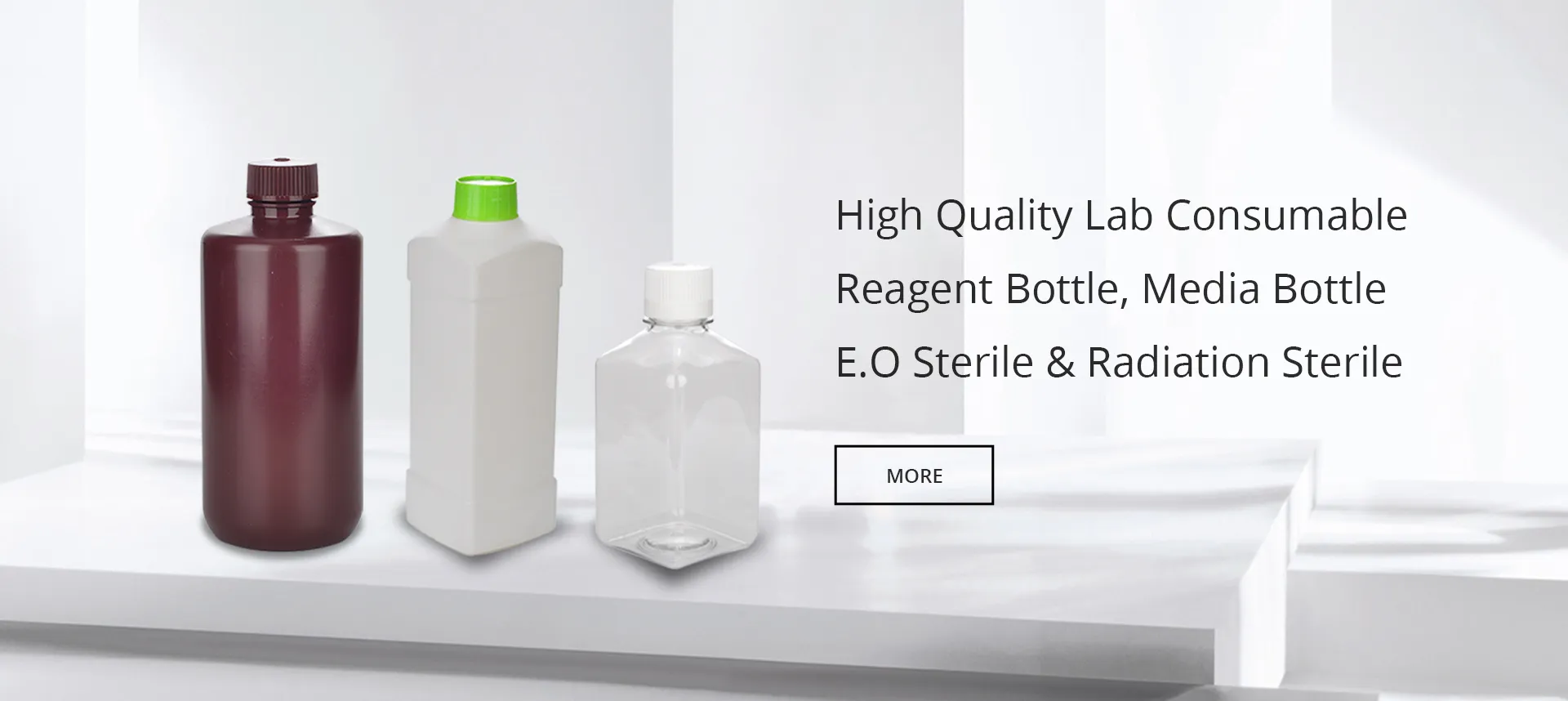Exploring the Importance of Properly Designed Medicine Container Bottles for Patient Safety and Compliance
The Importance of Medicine Container Bottles in Healthcare
Medicine container bottles play a crucial role in the safe and effective delivery of pharmaceuticals to patients. As an essential component of the healthcare system, these bottles not only protect the medicinal products but also ensure that patients adhere to their medication regimens. This article will explore the significance of medicine container bottles, their design features, and their impact on patient safety and medication adherence.
Firstly, the primary purpose of a medicine container bottle is to safeguard the contents from environmental factors such as moisture, light, and air, which can degrade the quality of the medication. Most pharmaceutical formulations are sensitive to these elements, making proper storage vital. Therefore, manufacturers often utilize high-quality materials like amber glass or opaque plastic to minimize light exposure and maintain the integrity of the medicine. These materials also provide an adequate barrier against moisture and contamination, ensuring that patients receive medications that are both safe and effective.
Moreover, medicine container bottles are designed with child-resistant features to prevent accidental ingestion by children. In homes where medications are accessible, the risk of unintended consumption is a significant concern. Child-resistant caps and other safety features contribute to reducing the likelihood of poisonings, thereby protecting vulnerable populations. It is not just about the design; manufacturers are constantly innovating to enhance these protective measures without compromising ease of use for adults.
In addition to safety, the labeling on medicine container bottles is critical in facilitating proper medication management. Labels often contain important information, including the name of the medication, dosage instructions, expiration dates, and potential side effects. This information is essential for educating patients on how to take their medications correctly. Clear and legible labels can significantly reduce the chances of medication errors and improve overall adherence to prescribed therapies.
medicine container bottle

Furthermore, the design of the bottles can also influence medication adherence. For instance, bottles that are easy to open and dispense medication can encourage patients to follow their regimens more closely. Additionally, features like integrated measuring devices can help ensure accurate dosing, especially for liquid medications, which may be crucial for conditions requiring precise administration.
Another consideration is the environmental impact of medicine container bottles. With the rise in awareness regarding plastic pollution, manufacturers are exploring sustainable materials and recycling programs. Biodegradable options and refillable bottles are becoming more prevalent as consumers demand eco-friendly solutions. This shift not only contributes to environmental conservation but also empowers patients to make conscious choices about their medication management.
Moreover, the digitization of healthcare has led to the emergence of smart medication bottles equipped with technology that tracks usage and sends reminders. Integration with mobile applications encourages patients to stay on schedule and helps healthcare providers monitor adherence remotely. Such innovations may significantly impact chronic disease management, where regular medication intake is crucial for maintaining health.
In conclusion, medicine container bottles are more than mere dispensers; they are integral to promoting patient safety, enhancing medication adherence, and protecting the integrity of pharmaceuticals. As the healthcare landscape continually evolves, these containers must adapt to meet emerging challenges, from safety and education to environmental concerns and technological advancements. As we look to the future, the role of medicine container bottles will undoubtedly remain vital in supporting patients and improving outcomes in health management.
-
Durable 250ml Blue Plastic Vaccine Vial for Lab & Vet UseNewsAug.16,2025
-
Sterile Virus Sample Tubes: Secure & Reliable Specimen CollectionNewsAug.15,2025
-
White 250ml Plastic Vaccine Vial for Lab & Vet MedicineNewsAug.14,2025
-
Premium Clear Plastic Vaccine Vials for Lab & Vet MedicineNewsAug.13,2025
-
Plastic Clear Vaccine Vials | Lab & Vet Liquid StorageNewsAug.12,2025
-
Secure 250ml Blue Plastic Vaccine Vials for Lab & VetNewsAug.11,2025
























